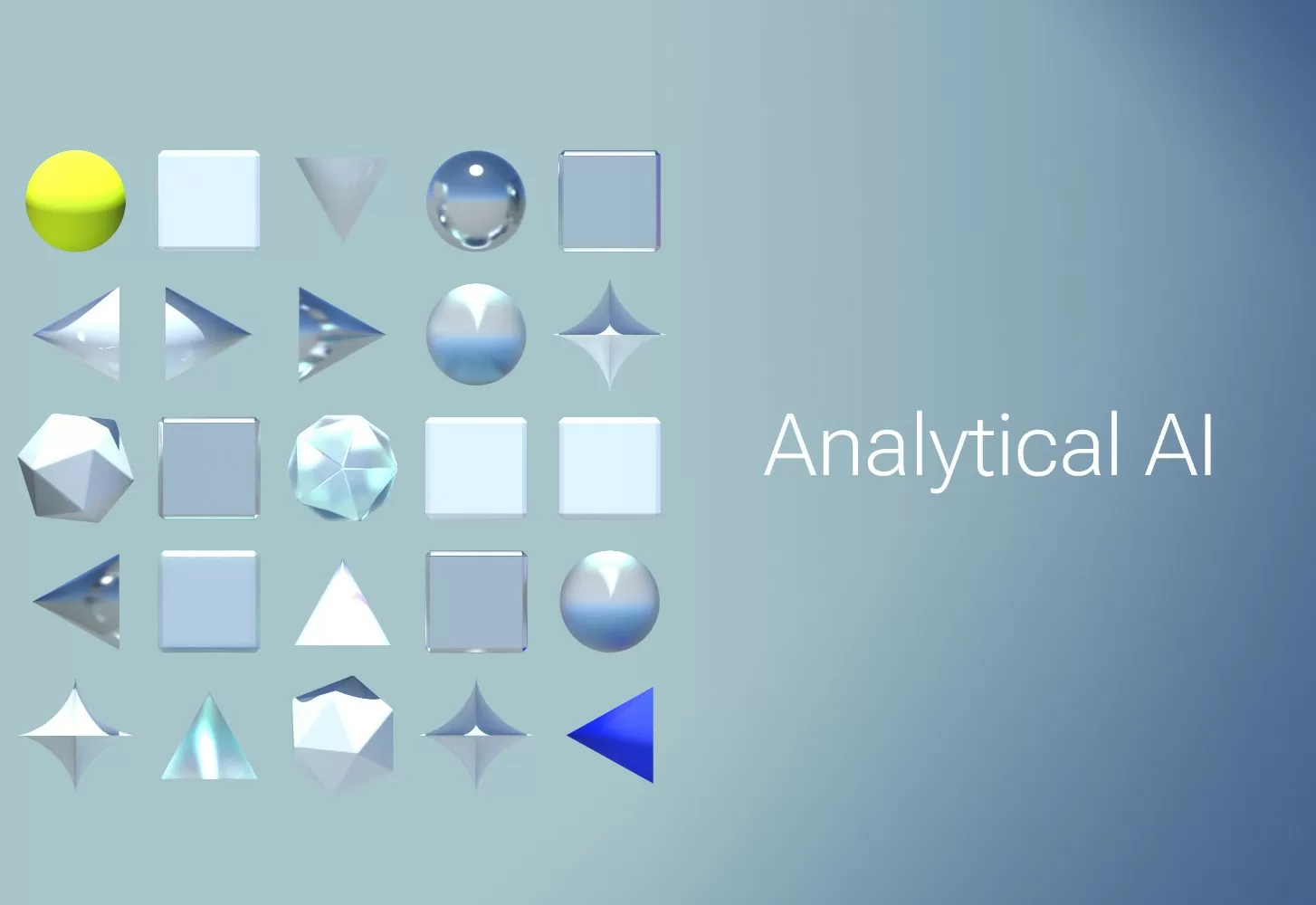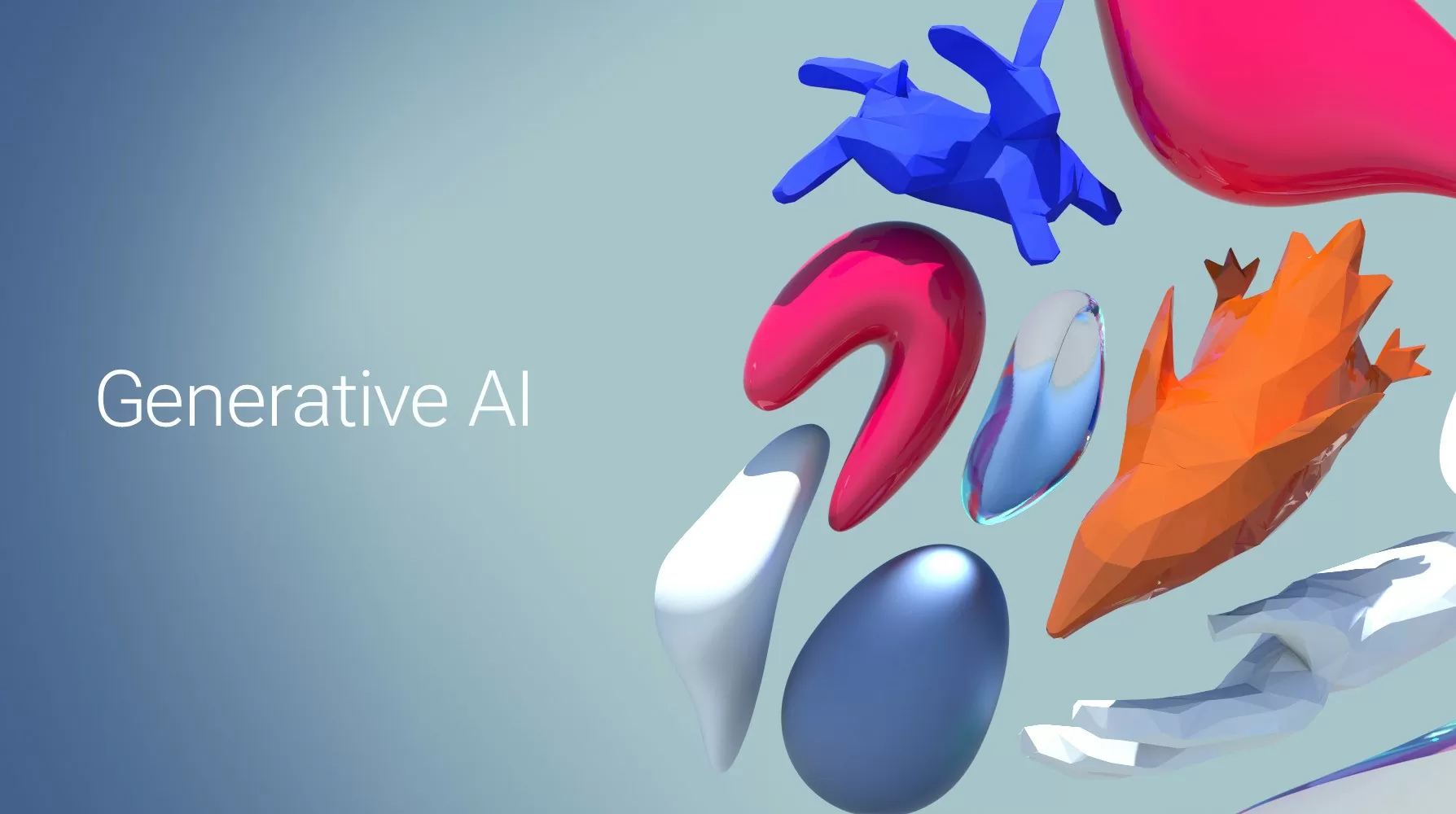Organizations discovering AI technology risk overlooking an older, more established form of AI called "analytical AI." This form of AI is far from obsolete and remains a vital resource for most companies. While some AI applications utilize both analytical and generative AI, these two approaches to AI are largely distinct.
 |
| The core difference between AI analytics and traditional data analysis lies in the types of technologies used to generate and access these insights. |
The concept and key features of analytical AI.
Analytical AI is a form of data analysis that leverages artificial intelligence – specifically advanced forms of machine learning – for business intelligence purposes. While distinct from traditional data analysis methods used by many organizations, analytical AI focuses on achieving the same goal: analyzing datasets to generate actionable insights and guide data-driven decisions.
AI analytics utilizes advanced AI methodologies, such as natural language processing (NLP) and deep learning, to analyze large datasets, develop insights, and guide decision-making in a dynamic way that responds directly to user interaction.
The core difference between AI analytics and traditional data analytics lies in the types of technologies used to generate and access these insights. However, while these tools are impactful, they often provide a static view of data for most users, relying heavily on statistical analysis to generate insights and requiring analysts to draw their own conclusions rather than relying on technology.
Key features of AI analytics
Descriptive analysis: Descriptive analysis answers the question "What happened?". This type of analysis is by far the most commonly used by clients, providing reports and analysis focused on past events.
Descriptive analysis is used to understand overall performance at an aggregate level and is by far the easiest way for a company to get started because the data is readily available for building reports and applications.
Diagnostic analysis: Diagnostic analysis, like descriptive analysis, uses historical data to answer a question. But instead of focusing on "what," diagnostic analysis addresses the crucial question of why an event or anomaly occurs in the data. Diagnostic analysis tends to be more accessible and suitable for a wider range of use cases than machine learning/predictive analysis.
Predictive analytics: Predictive analytics is an advanced form of analytics that identifies what is likely to happen based on historical data using machine learning. Historical data, encompassing much of the descriptive and diagnostic analytics used as the basis for building predictive analytics models, is used as the foundation for these models.
Prescriptive analysis: Prescriptive analysis is the fourth and final pillar of modern analysis. Prescriptive analysis involves specific guidance analysis. Essentially, it's a combination of descriptive, diagnostic, and predictive analysis to guide the decision-making process. Existing situations or conditions and the consequences of a decision or event are applied to generate a guided decision or action for the user to take.
Generative AI focuses on creating new content by learning patterns from existing data. It uses deep learning techniques, such as generative adversarial networks (GANs) and transformational models, to generate text, images, music, etc. Generative AI has garnered significant attention for its ability to create human-like content and has applications in creative industries, content creation, and more. The key features of Gen AI are content creation, enhanced imagination and creativity, enhanced training data, and personalized branding.
 |
| The main features of Gen AI are content creation, enhancing imagination and creativity, strengthening training data, and creating personalized experiences. |
The difference between analytical AI and generative AI
There are many differences between analytical AI and generative AI, and businesses/companies can find ways to manage their operations effectively using AI based on these differences. The key differences between analytical AI and generative AI are:
First, their purposes and capabilities differ. The primary purpose of generative AI is to use deep learning neural network models to generate new content. Analytical AI, on the other hand, refers to AI systems based on statistical machine learning designed for specific tasks, such as classification, prediction, or decision-making based on structured data.
Secondly, the algorithms are different. In terms of algorithmic methods, generative AI typically uses complex techniques such as transforming sequential text inputs into coherent outputs, predicting the next word based on the context of existing data to generate content. Generative AI learns to understand patterns in data to create new versions of that data. Analytical AI uses a range of simpler machine learning methods including supervised learning, unsupervised learning, and reinforcement learning.
Third, there are differences in return on investment. Generative AI can generate profit from content creation by offering lower costs compared to human content creation, as well as the potential to create unique and engaging content that attracts and retains customers. While generative AI offers many benefits, its economic value can be difficult to measure, and users incur costs to train the generative AI model.
For AI analytics, it delivers better economic returns through predictive models that can help businesses forecast demand, optimize inventory management, identify market trends, and make data-driven decisions. This can lead to reduced costs, improved resource allocation, and increased revenue through better decision-making.
Fourth, there are differences in risk levels. Generating AI can produce convincing "deepfakes," easily leading to misinformation, identity theft, and fraud. Additionally, these models may pose privacy risks if the training data contains sensitive information or is manipulated to produce unintended outputs.
Data used in AI analytics training also faces risks from cybersecurity breaches, being exploited for malicious purposes such as launching cyberattacks or spreading misinformation. Therefore, security measures are needed to mitigate these risks. Currently, analytical AI appears to be less risky than generative AI and has been used for a long time in many companies.
In summary, when deciding between analytical AI and generative AI, consider your specific requirements and goals. If the goal is to extract insights from data, make predictions, and optimize processes, analytical AI is the right choice. On the other hand, if the need is to create new content, innovate, or personalize the user experience, generative AI is the ideal option.
 |
| AI-generated tools, such as chatbots, are being used and are expected to replace not only internet search activities but also customer service-related tasks and sales calls. |
Some recommendations
The use of AI analytics in diplomacy is essential because it possesses more qualifications than any other AI technology to meet the requirements and tasks of the diplomatic sector. However, to be able to apply AI analytics in the field, the following conditions must be met:
First, it is necessary to build a workforce with sufficient knowledge and experience in the field of AI technology (including both artificial intelligence and intelligence based on human intelligence).
Secondly, applying AI technology to industry services such as responding to emails and interacting directly with citizens through chatbot technology is crucial. A prime example is how the German Foreign Ministry used AI technology, called FACIL, to interact with citizens from 2021-2023, processing 40,000 requests per month.
Thirdly, building the infrastructure, including database systems and server systems, is necessary to enable AI analysis, which can partially assist in predicting and forecasting global events for the diplomatic sector. However, due to the ever-increasing amount of data, a sufficiently large server system is required.
Fourth, the diplomatic sector needs to build its own AI analytics engine; this is crucial to ensure security and ethical standards are met.
Source






![[Photo] Enchanting ancient rose garden on the mountainside in Nghe An](/_next/image?url=https%3A%2F%2Fvphoto.vietnam.vn%2Fthumb%2F1200x675%2Fvietnam%2Fresource%2FIMAGE%2F2025%2F12%2F19%2F1766109900916_vuon-hong-chin-do-thu-hut-du-khach-toi-check-in-o-ha-noi-3-20162778-1671624890024-1671624890104198100259.jpeg&w=3840&q=75)
![[Photo] General Secretary To Lam visits the exhibition space showcasing books, photo exhibitions, and achievements of digital transformation in journalism.](/_next/image?url=https%3A%2F%2Fvphoto.vietnam.vn%2Fthumb%2F1200x675%2Fvietnam%2Fresource%2FIMAGE%2F2025%2F12%2F19%2F1766110879215_1766110240024-jpg.webp&w=3840&q=75)






























































































Comment (0)